Nest-In Prefab Solutions: A Game-Changer for Prefabricated Hospitals in Unstable Terrains
As healthcare demands continue to rise in India, constructing stable hospitals in challenging environments like hilly regions and earthquake-prone zones is becoming increasingly crucial. Traditional construction methods, such as Reinforced Cement Concrete (RCC), pose several challenges in these unstable terrains due to uneven surfaces, soil instability, and environmental incidents like landslides and seismic activity. To build safely on unstable terrain, we need to assess the soil conditions, understand how water affects stability, and choose appropriate materials.
Tata Steel Nest-In’s innovative prefab solutions address these challenges head-on. Designed to safety and adaptability, these structures are a revolutionary approach to healthcare construction in difficult terrains, offering an efficient and practical alternative to traditional methods.
Overcoming the Challenges of Building in Unstable Terrain
Building hospitals in unstable environments comes with unique hurdles, such as soil instability, difficulties in laying deep foundations, and logistical challenges in transporting materials. The unpredictability of environmental factors further complicates construction. Hospitals in these regions must not only withstand the natural elements but also be built quickly to ensure timely healthcare access for local communities.
Traditional construction requires extensive groundwork and heavy machinery, making it less feasible in such terrains. Additionally, longer construction timelines increase the risks associated with unpredictable environmental conditions.
Tata Steel Nest-In’s Prefabricated Healthcare Solutions
Nest-In’s prefabricated solutions are specifically designed to overcome these obstacles. They are known for their rapid and robust construction, providing comfort and safety for patients, and adaptable structures, offering significant advantages to building sturdy hospitals in difficult environments.
- Lightweight Materials: Nest-In’s prefab structures are steel-based and lighter in weight than traditional buildings that use heavy raw materials like bricks, sand, cement, and concrete. This reduces the pressure on unstable soil and significantly lowers the risk of having a foundation that is cracked or weak. The lightweight components of the prefab building also facilitate easier transportation to remote areas, unlike the heavy equipment needed for traditional construction.
- Minimal Foundation Requirements: Prefabricated structures require far less groundwork than conventional buildings, which is critical in terrains where deep foundations are not feasible due to soil instability and resource-intensive digging.
- Off-site Manufacturing: The components of Nest-In’s prefab structures are manufactured off-site, ensuring faster assembly and less reliance on on-site work. This controlled environment maintains high quality and consistency, avoiding common issues faced by traditional construction such as inaccurately measured parts resulting in construction waste, weather and labour-related delays, etc.
Nest-In’s rapid, robust, and revolutionary prefab building solutions are ideal for quick deployment, particularly in emergency situations or regions requiring immediate healthcare access. Their construction process allows hospitals to be operational in record time, providing a lifeline for disaster-prone areas or regions with unstable terrains.
They are also designed with adaptability in mind; they can be relocated or expanded as per the customer’s requirement. This mobility is crucial in regions susceptible to landslides or other environmental changes that can obstruct access to medical facilities.
Case Study: Tata Main Hospital in West Bokaro
A shining example of Nest-In’s prefab solutions for healthcare is the Tata Main Hospital in West Bokaro, a mining region with unstable terrain. Nest-In successfully constructed a robust healthcare facility in a landscape prone to vibrations from mining activities. The hospital’s construction was not only faster than traditional means but also more resilient to the environmental challenges of the region, proving the value of prefab solutions in such difficult conditions.
Similarly, Nest-In also constructed the Tata Main Hospital in Noamundi, another remote location in Jharkhand. Read the full case study here.
Building stable hospitals in unstable terrains requires innovation, precision, and adaptability. Tata Steel Nest-In’s prefabricated solutions are transforming healthcare construction by delivering durable, efficient, and safe hospitals in some of the most challenging environments. With the advantages of lightweight materials, minimal foundation requirements, and rapid assembly, Nest-In is paving the way for resilient healthcare infrastructure in regions where it’s needed the most.
Posted in Nest-In on Sep 12, 2024.
Contact Us
Recent Post
Prefab Spaces Combine Strength with Modern Design
Prefab for Every Industry: Meeting the Safety and Durability Needs of Businesses
Fast, Safe, and Reliable: Prefab Is the Best Choice for High-Quality Infrastructure
Building Sustainable and Safe Infrastructure with Tata Steel Nest-In
Nest-In Prefab Construction Delivers Speed Without Compromising Quality
Category
- Nest-In 65
- HabiNest 62
- MobiNest 114
- Nestudio 28
- EzyNest 19
- Smart EzyNest 6
- ChargeNest 6
- Covid Offerings 4
- Brand 8







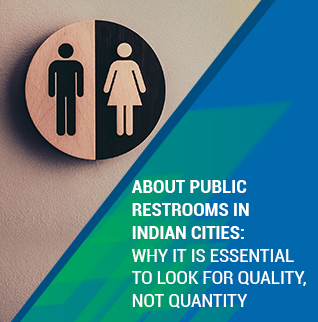


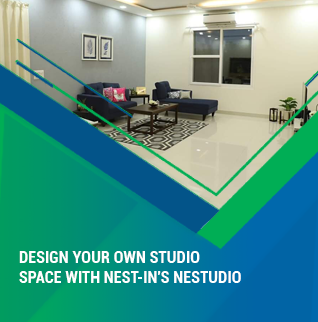







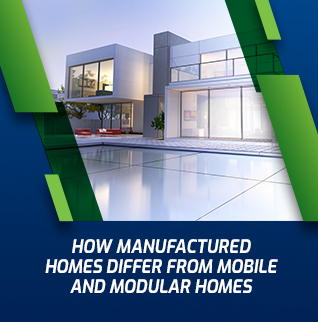






























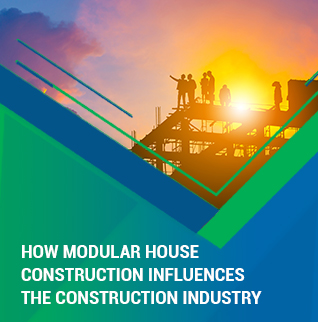
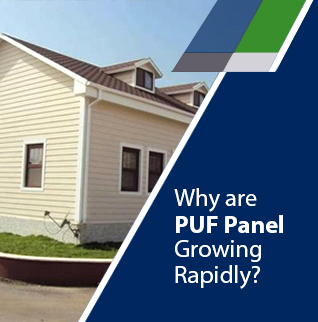






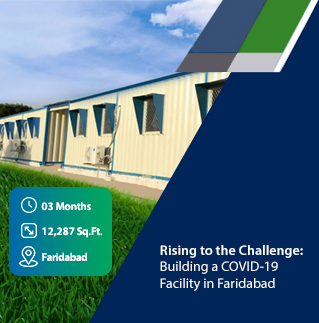






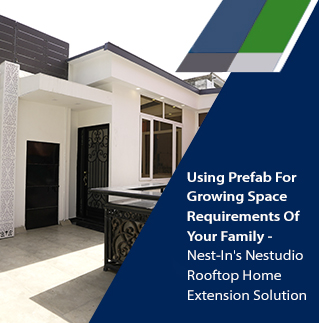




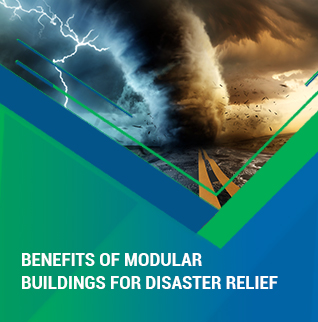
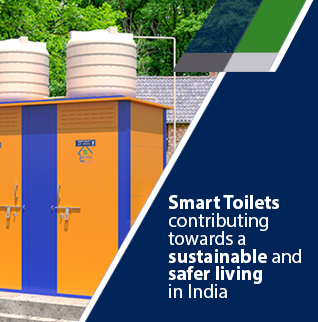






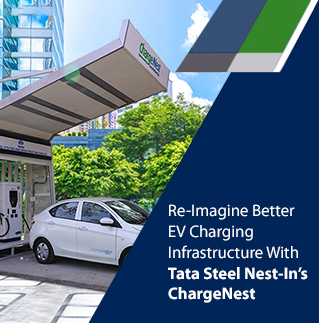





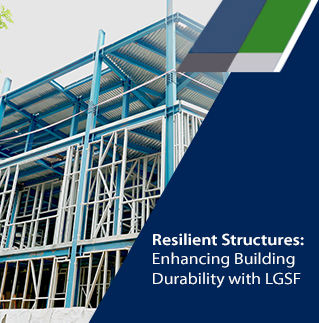

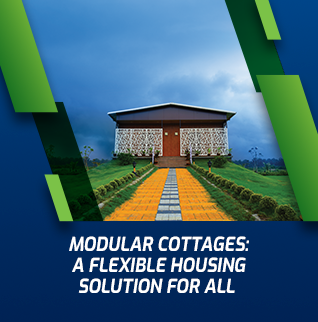











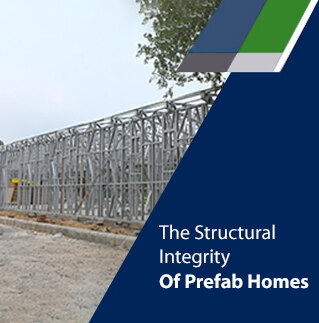















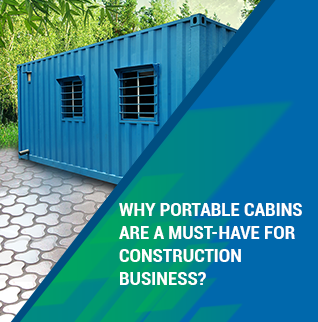

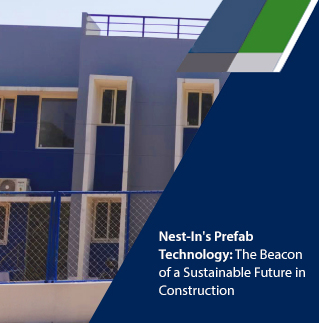






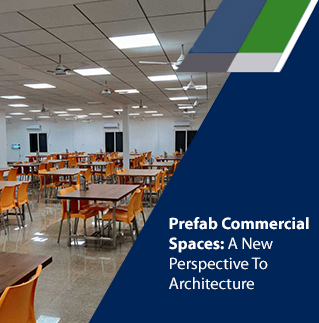
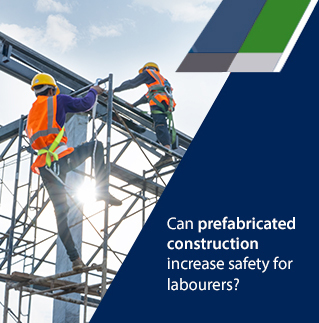













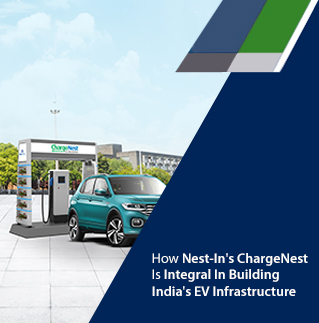


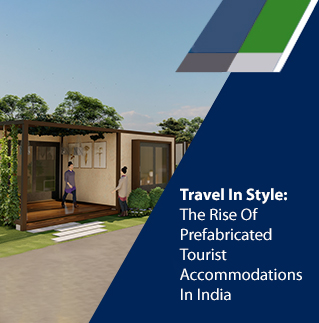


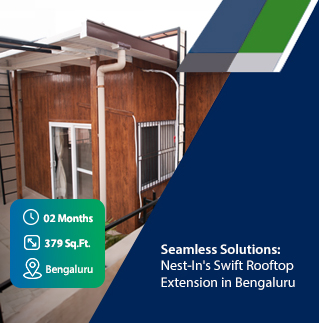



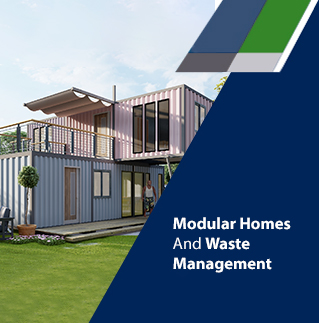













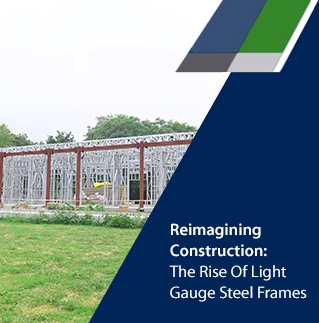















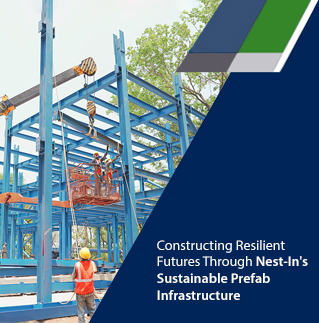


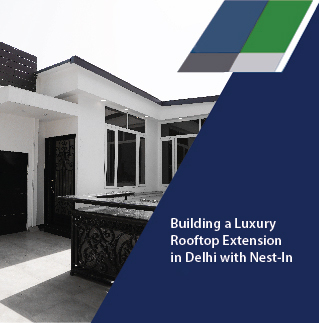







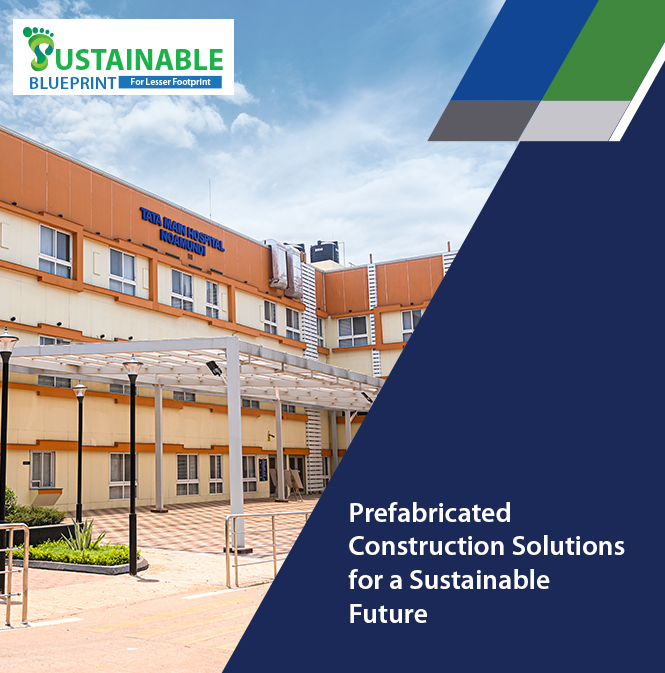





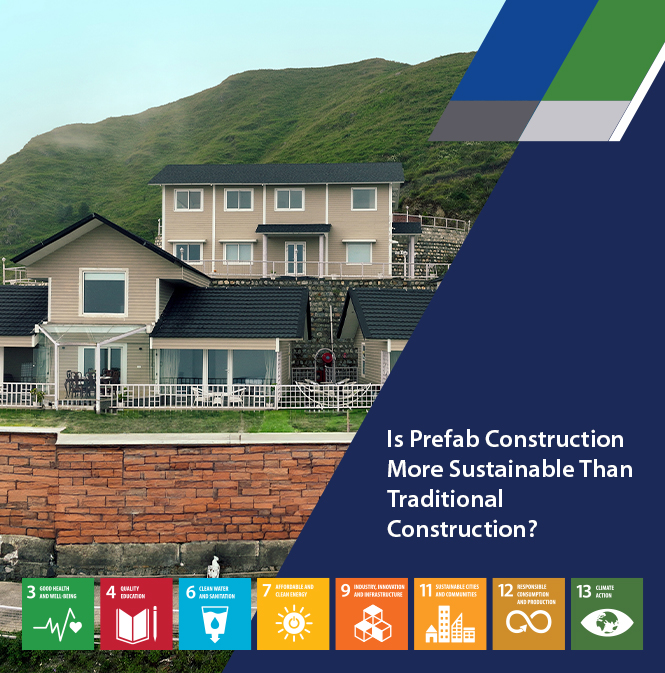


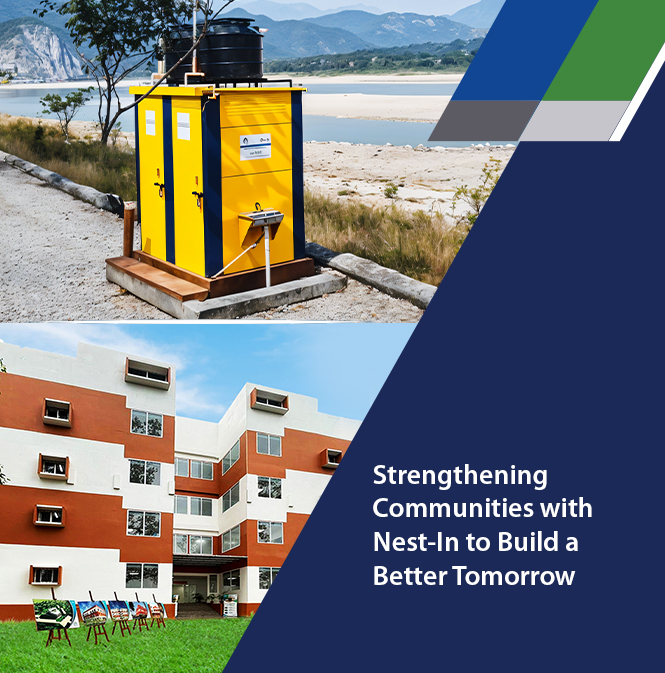

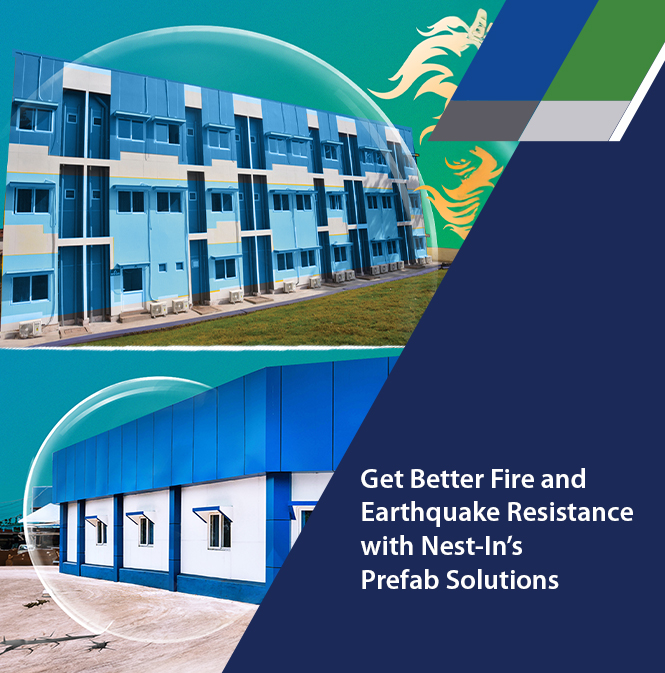
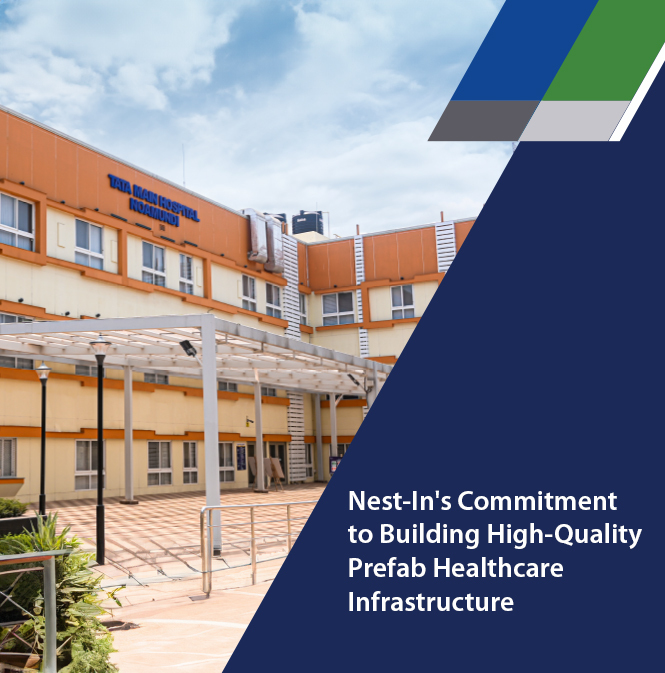






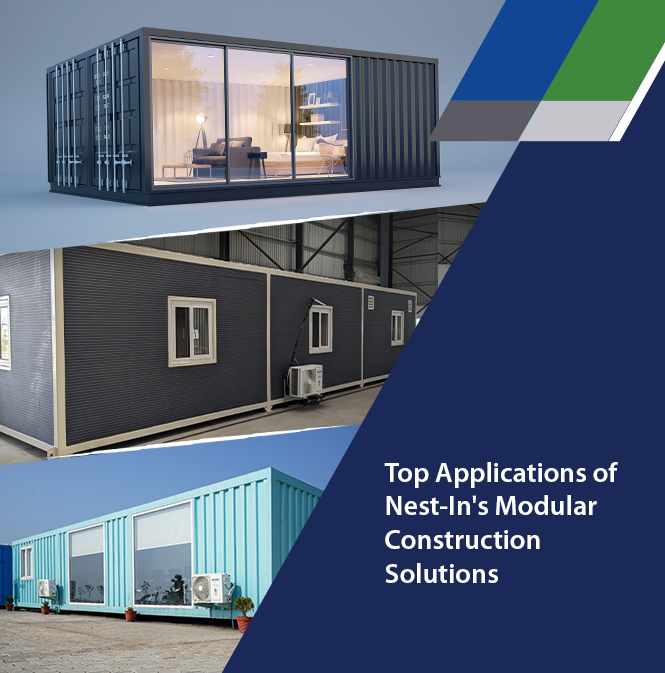


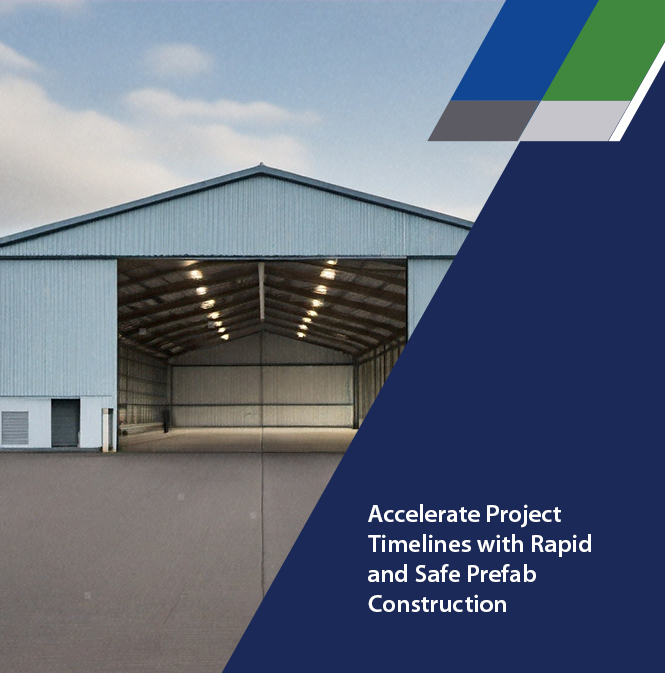



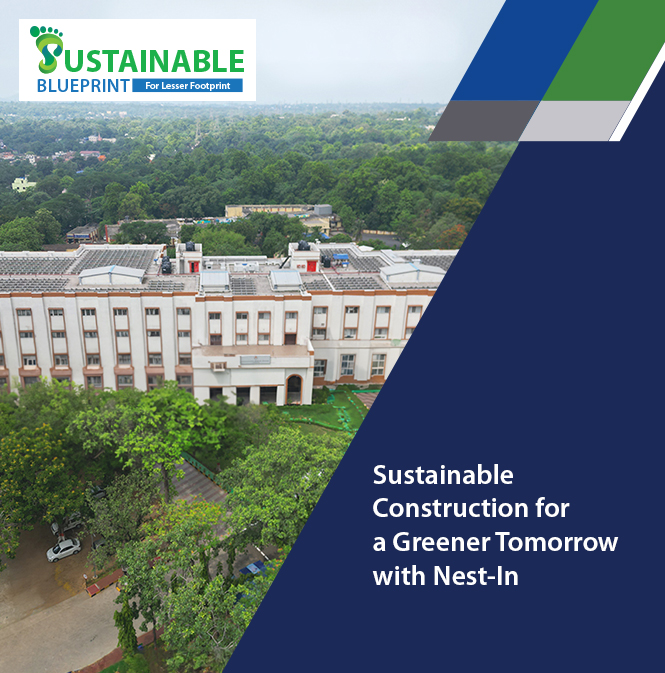
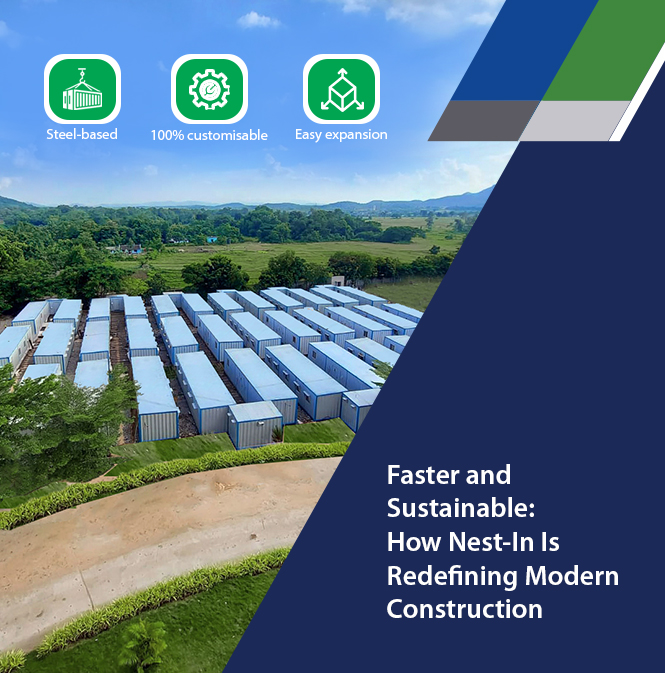





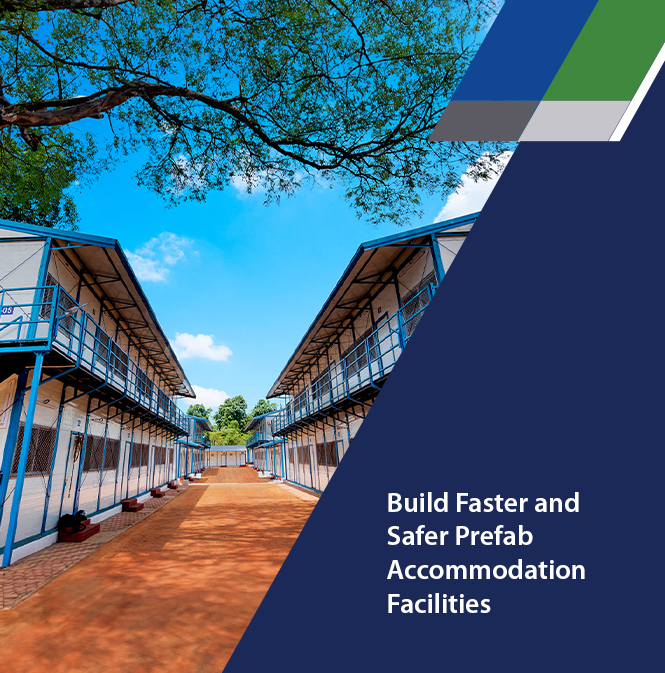

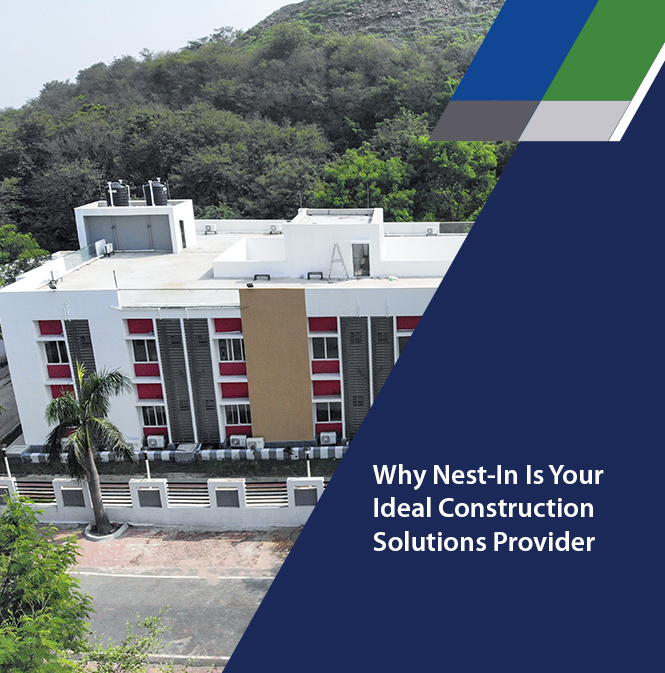
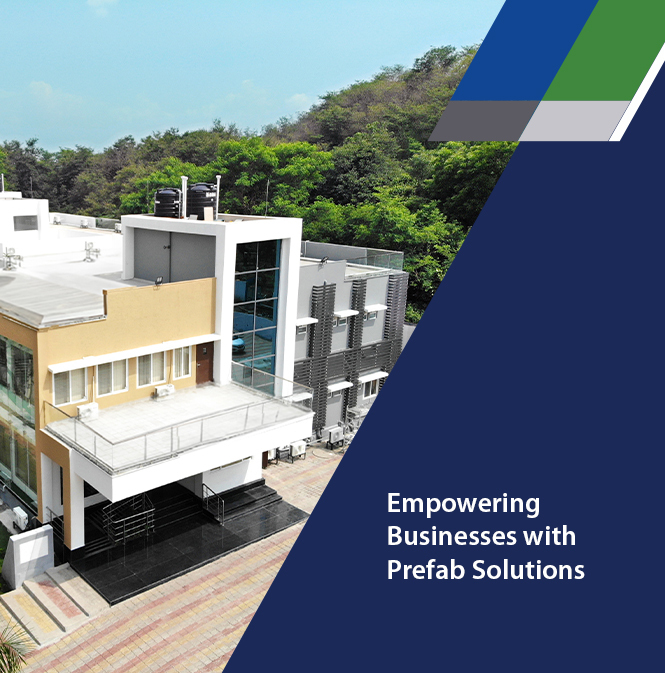
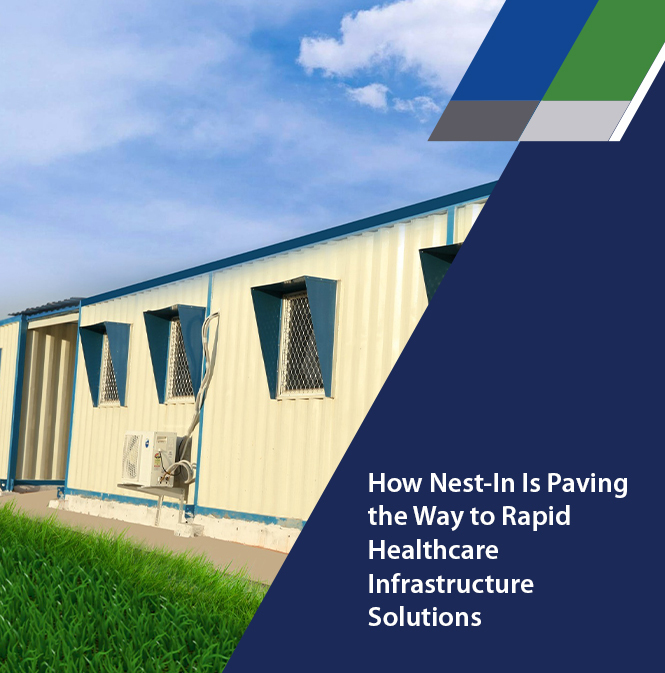

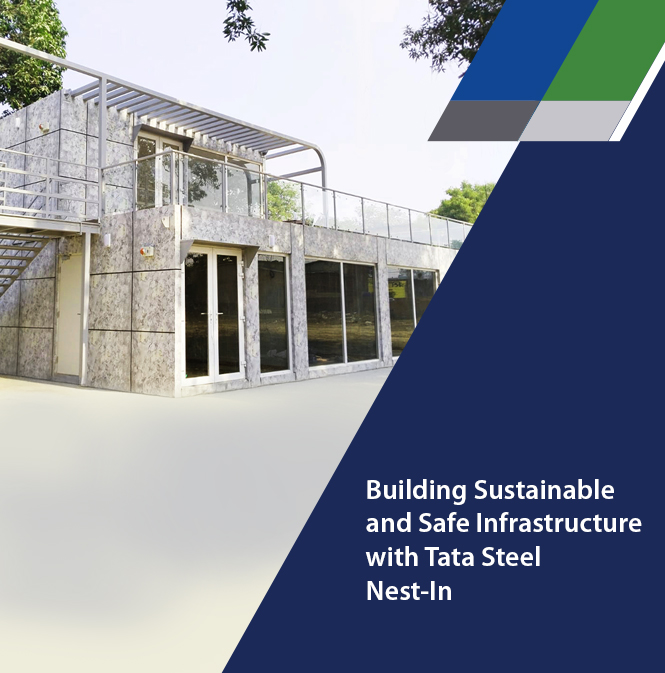
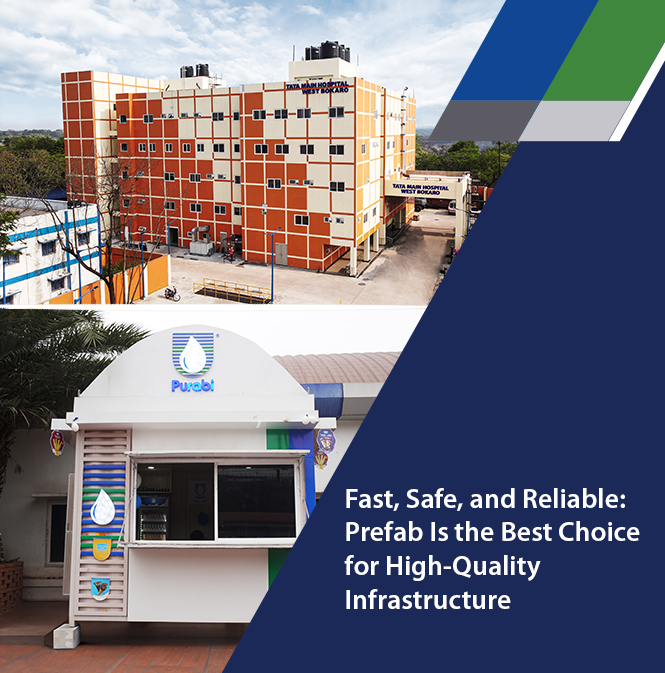





Add comment